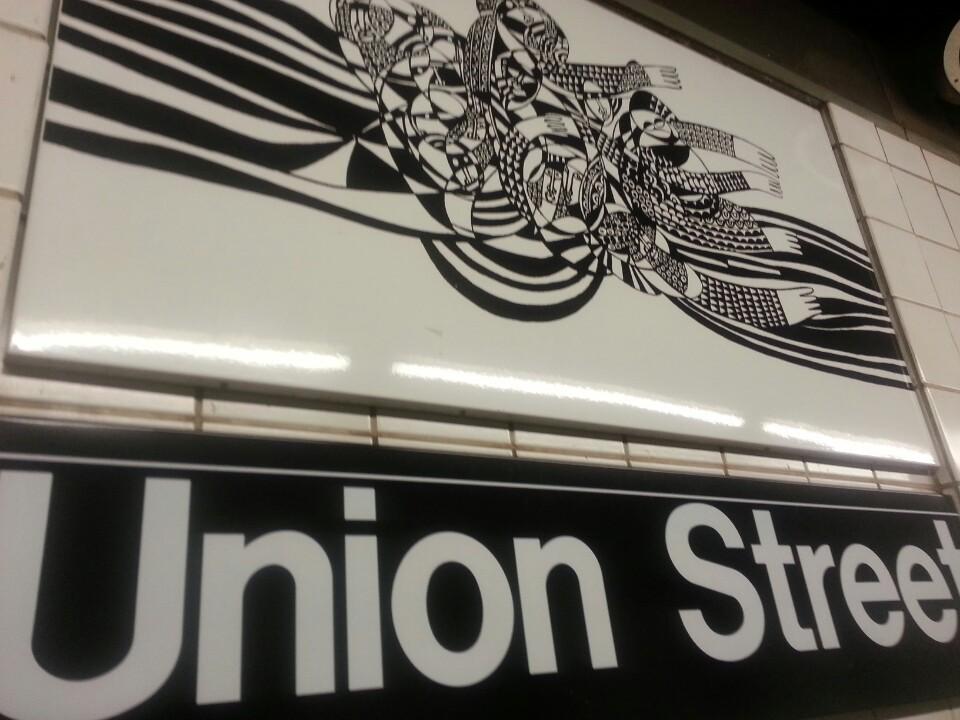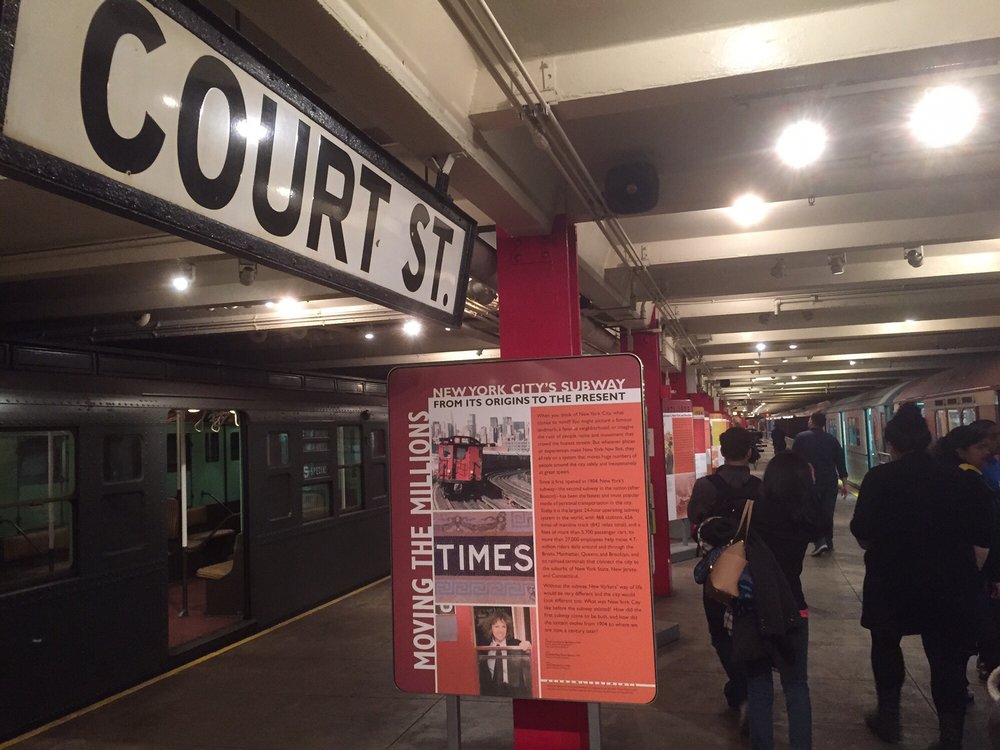The Long Journey of the Brooklyn Subway
This post courtesy of Explore Brooklyn, an all-inclusive guide to the businesses, neighborhoods, and attractions that make Brooklyn great. The New York City subway system is one of the world’s hardest-working rapid transit systems. It has more stations and more miles of track than any subway in the world, delivering 1.75 billion rides annually over 660…
This post courtesy of Explore Brooklyn, an all-inclusive guide to the businesses, neighborhoods, and attractions that make Brooklyn great.

The New York City subway system is one of the world’s hardest-working rapid transit systems. It has more stations and more miles of track than any subway in the world, delivering 1.75 billion rides annually over 660 miles of revenue-producing tract. With the September 13, 2015 opening of the 7-train extension to Manhattan’s west side, the system serves 469 stations.
Though the subway officially turned 111 this year, few riders know that its roots in Brooklyn go all the way back to the Civil War era. In 1864, the Brooklyn, Bath and Coney Island Railroad began operating a steam powered engine fused with a passenger car that took beachgoers to Coney Island at the height of that destination’s popularity. It eventually became an electric trolley car, before becoming the B64 bus line that ran until 2010.
BMT Q-Type elevated car photo by Alan T. via Yelp.
 Union Street R station photo by Jenn S. via Foursquare
Union Street R station photo by Jenn S. via Foursquare
When the first underground subway lines opened in 1904, the lines were organized into two privately owned systems, the Brooklyn Rapid Transit Company (BRT, later Brooklyn–Manhattan Transit Corporation, or BMT) and the Interborough Rapid Transit Company (IRT).
Today, those companies have all been absorbed into the Metropolitan Transit Authority and operate under the New York City Transit Authority division, which also provides bus service in the city. However, they remain distinct lines organized according to color and either letters or numbers.
 The Warriors movie via Facebook
The Warriors movie via Facebook
The Subway in Popular Culture
On September 13, 2015, more than 5,000 avid fans descended on Coney Island to celebrate a cast reunion for the 1979 cult film The Warriors. The film was set in the 1970s, which many believe to be the nadir of the then-dysfunctional subway system, when crime and rampant graffiti combined with low ridership and inconsistent service to make taking the subway a terrifying and often frustrating proposition.
Since then, the system has greatly improved, though the subway still plays a prominent role in art and popular culture. Employing the unused tracks at the Hoyt-Schermerhorn station in Downtown Brooklyn (where the A/C and G lines still run), movie makers have given the trains supporting roles in films as diverse as The Wiz, Coming to America, Turk 187, The Warriors, Teenage Mutant Ninja Turtles, and the Michael Jackson video for his mega-hit “Bad,” as well as numerous TV shows.
 New York Transit Museum Court St. station by Jing X via Yelp
New York Transit Museum Court St. station by Jing X via Yelp
New York Transit Museum
The New York Transit Museum, occupying the unused station Court Street station near Atlantic Avenue, is a great place to learn more about the history of the world’s oldest commuter rail system. It’s the largest museum in the country devoted to urban transportation and is chock-full of exhibits, including examples of subway cars from the entire 111-year history of the New York City Subways. Currently, the museum features Steel, Stone and Backbone, an exhibit that details the ambitious and often dangerous work of building the subway system.
It’s also a great place for members to throw a child’s birthday party!
Details
The New York Transit Museum is located at 130 Livingston Street and open Tuesday through Friday from 10 a.m. to 4 p.m., and Saturday and Sunday from 11 a.m. to 5 p.m. Admission is $7 for adults and $5 for children 2-17 and seniors. Seniors are admitted for free on Wednesdays.
Related Stories
Obsessive Designer Digitizes All 157 Brooklyn Subway Station Signs and They’re Gorgeous
Map: Subway and Development, More Than Crime, Affect Home Prices in Brooklyn
Report: Brooklyn’s Most Decrepit Subway Stations











What's Your Take? Leave a Comment